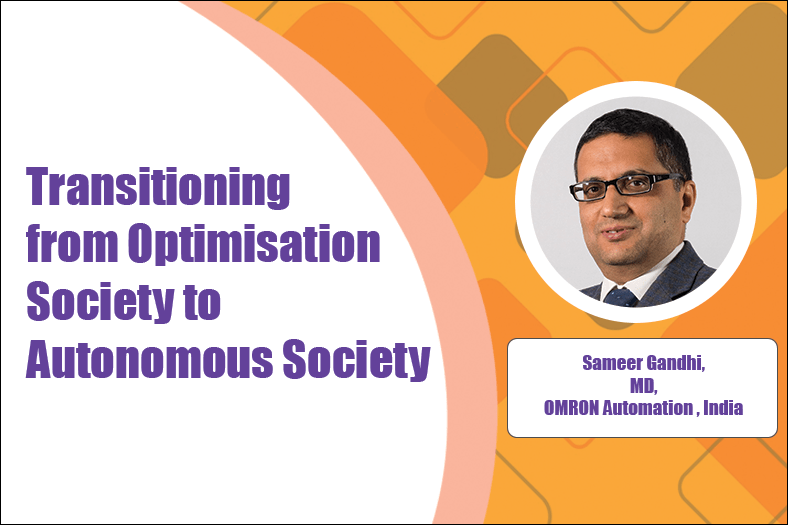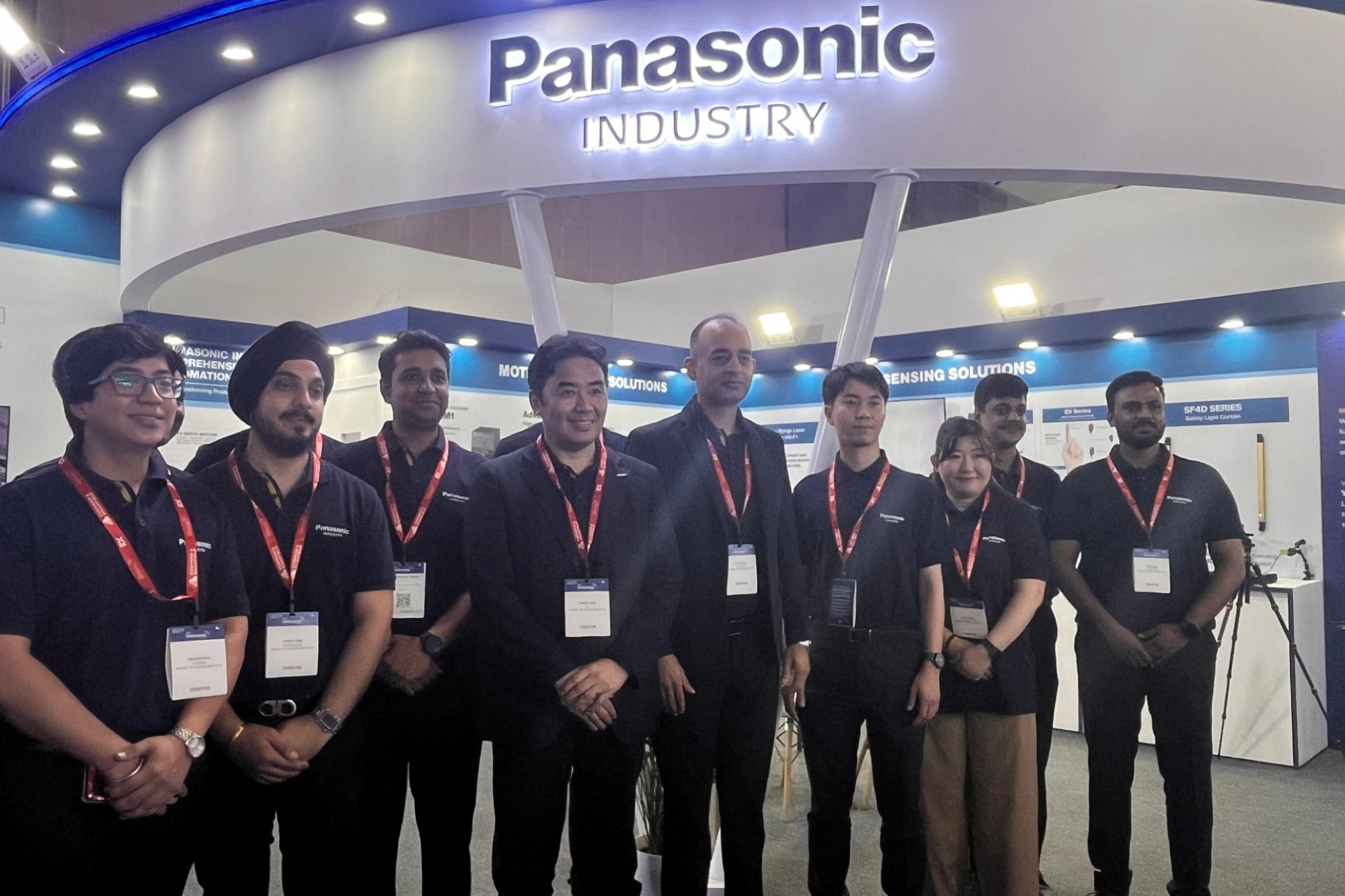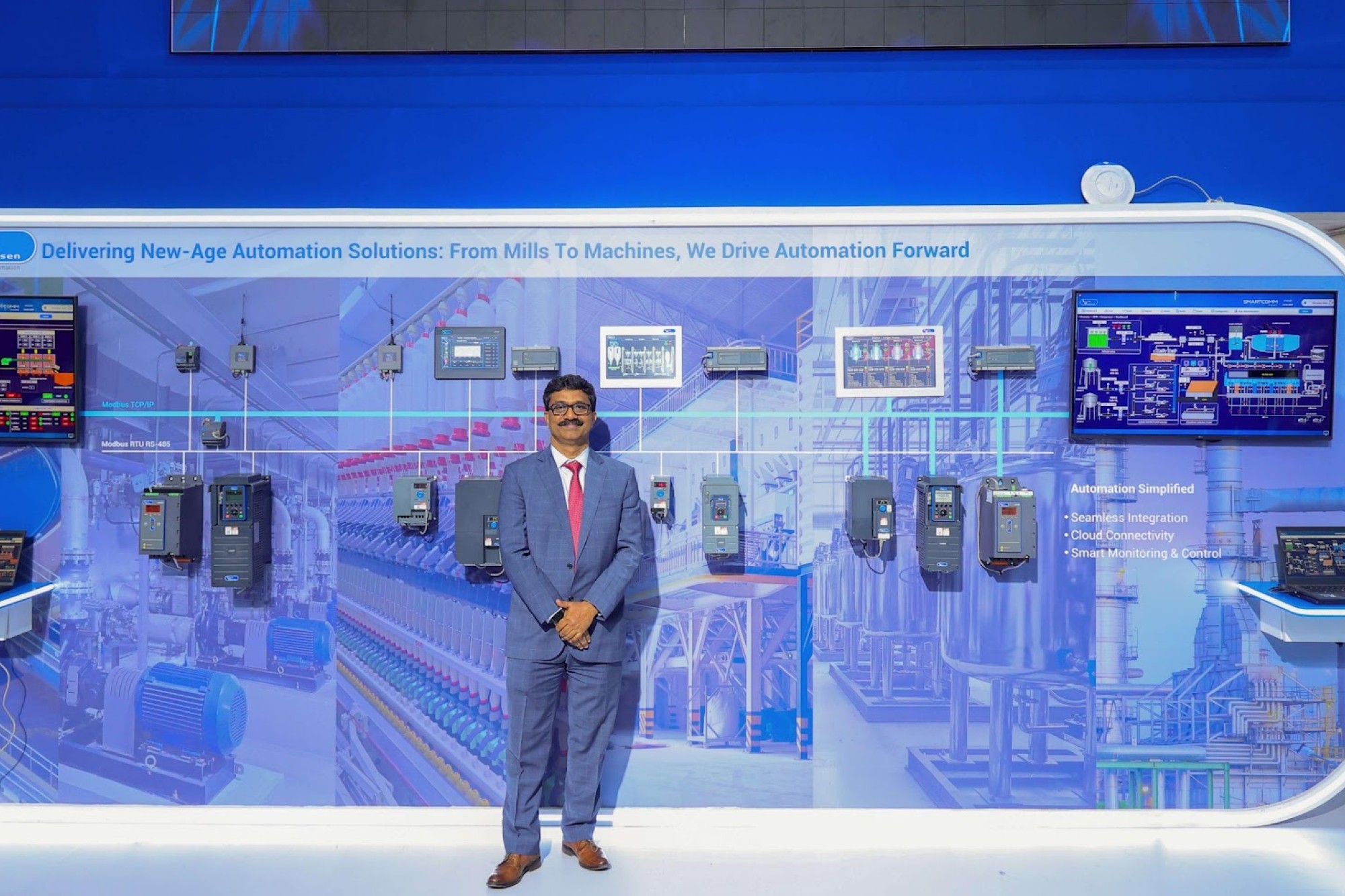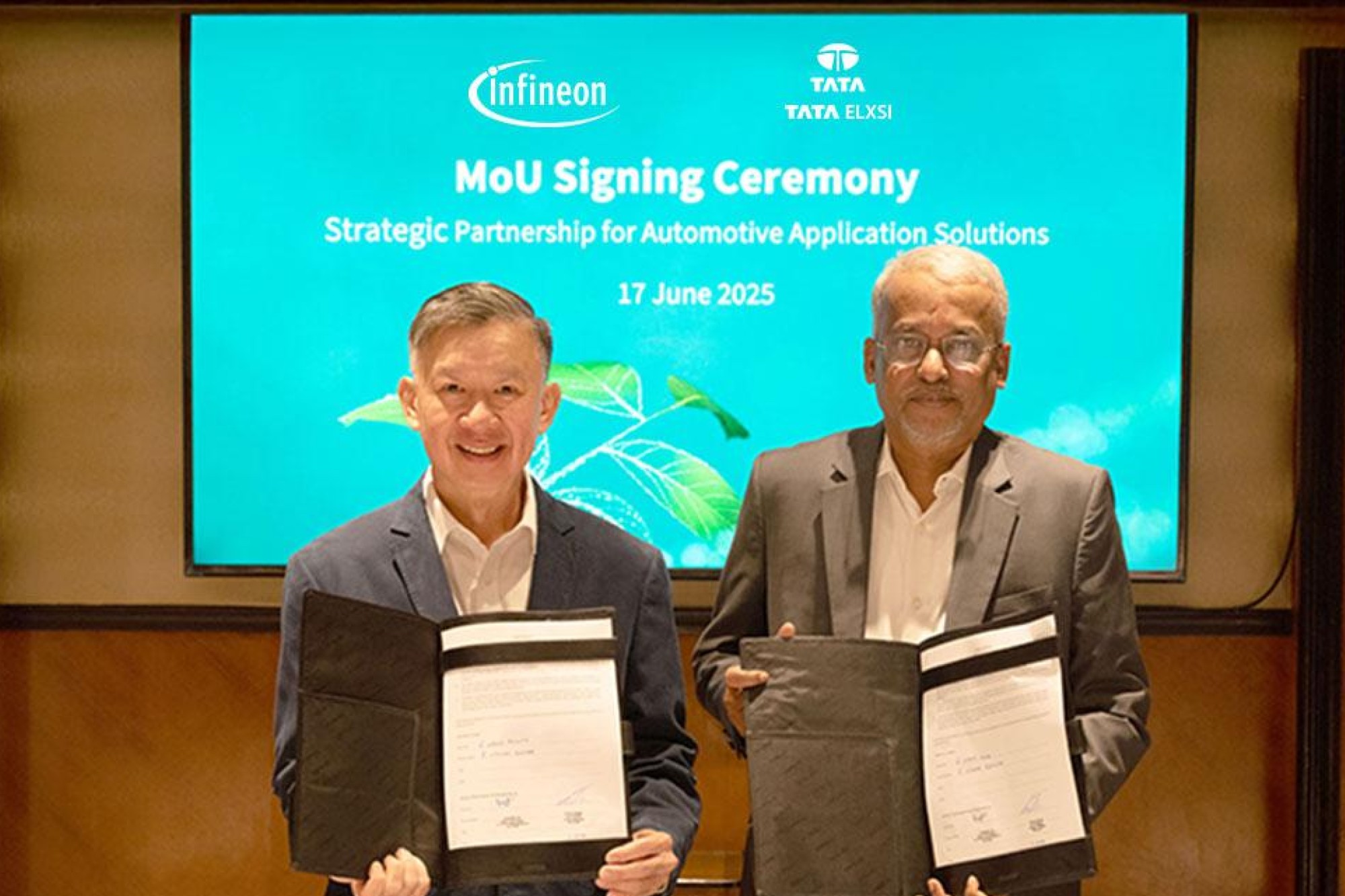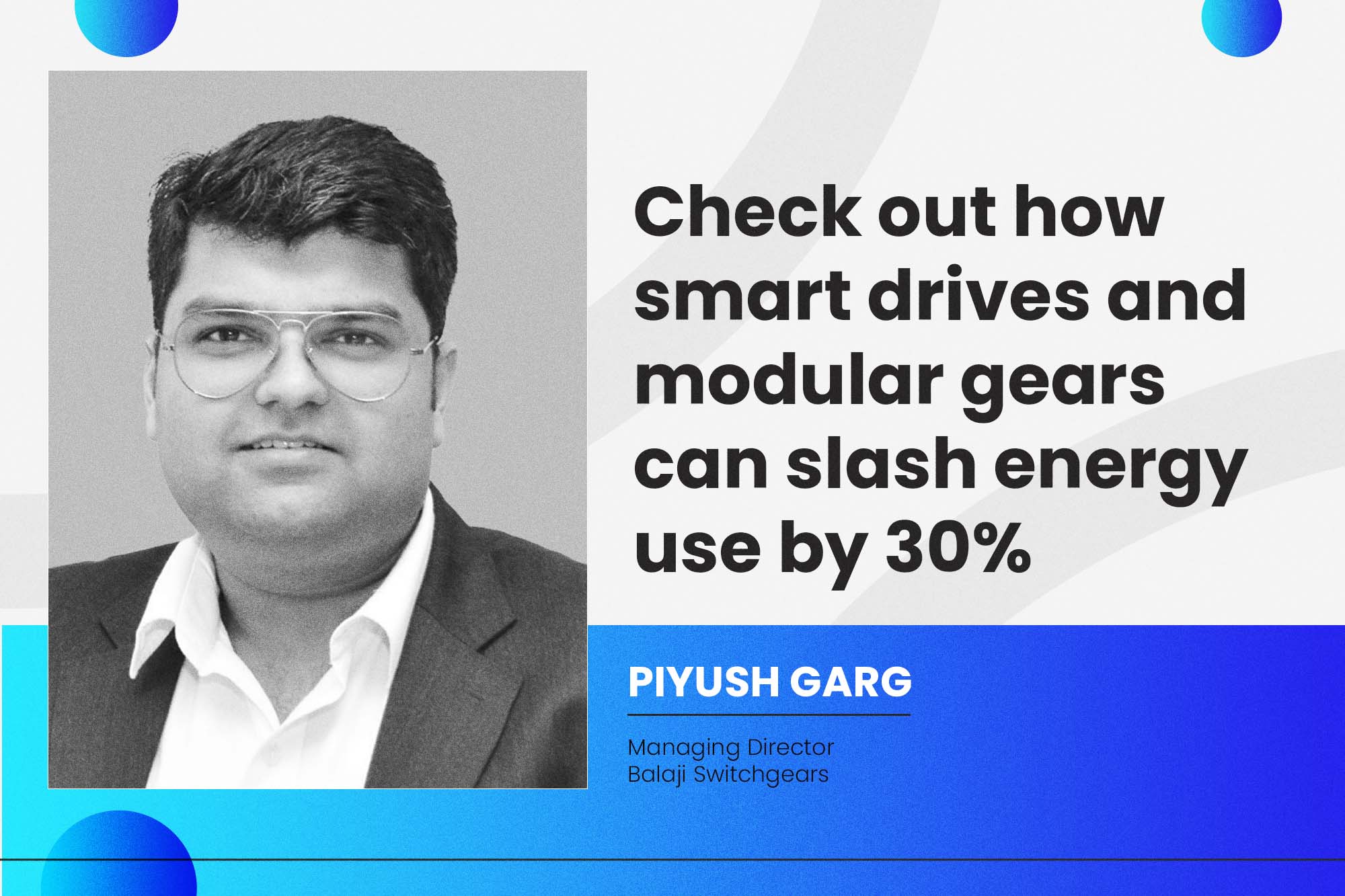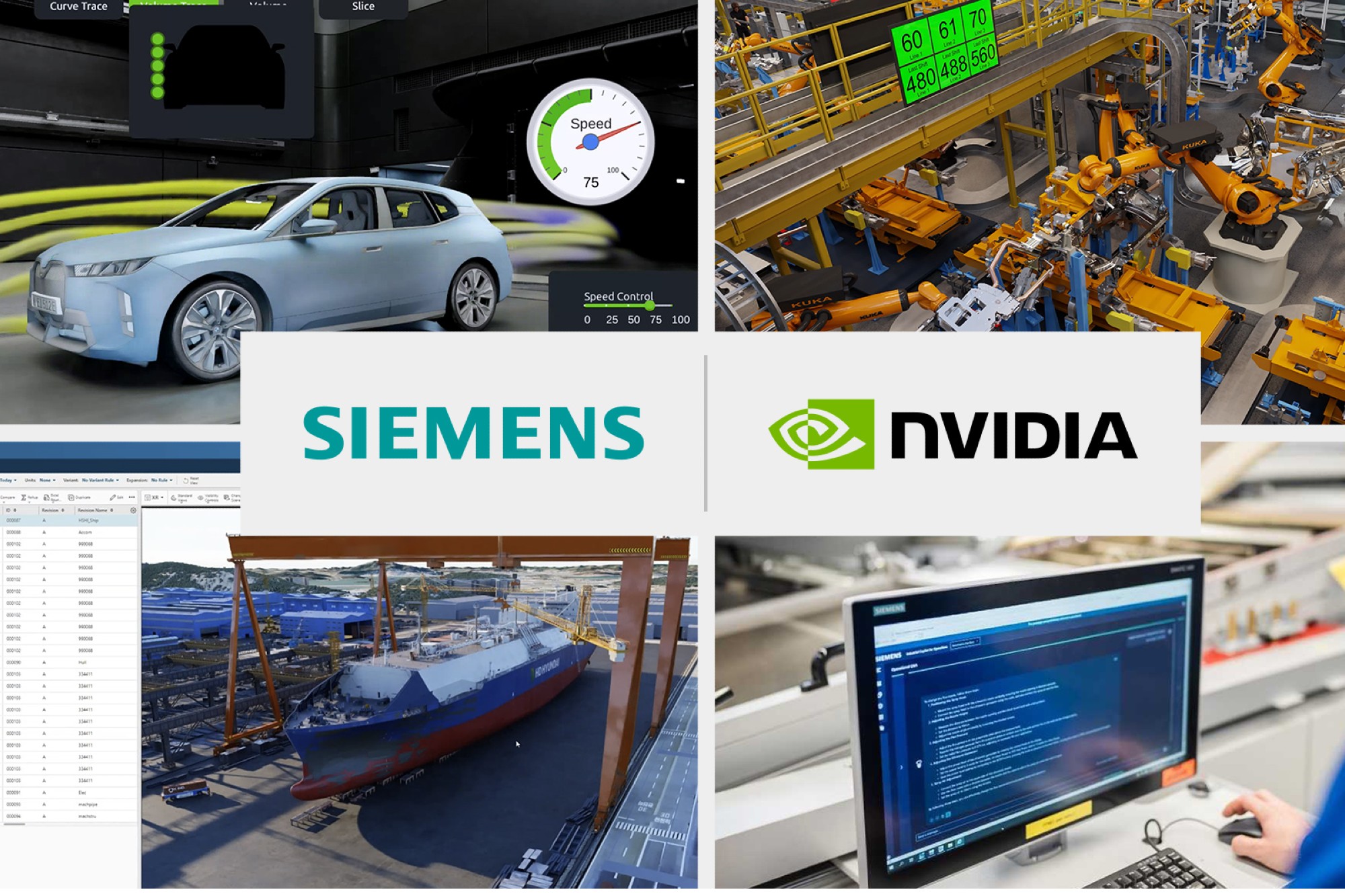Transitioning from optimisation society to autonomous society
By OEM Update Editorial June 9, 2021 12:25 pm IST
Sameer Gandhi, MD, Omron Automation, India, in a brief discussion with OEM Update talks about how the trends of Industry 5.0 are taking over the shop floor activities and adding values to high-mix-low value operations.
Indian industries have embraced Industry 4.0 and its technologies to carve a bright future of Indian manufacturing. With this level of acceptance, how ready are we to accept Industry 5.0?
Industry 5.0 is the next level in the evolution of Industry 4.0 and manufacturing. It’s all about making a transition from “Collaboration” to “Harmony” between people and machines by utilising advanced technologies like robotics, IoT, big data etc. The overall objectives of achieving better productivity and efficiency stays there however with Industry 5.0, the manufacturers also aim to realise the maximum out of human potential via this harmony.
Talking about the level of acceptance, I feel the journey has just begun. It is here as the next phase of industrialisation and indicating the advent of “Autonomous Society” (the world is making a transition from collaboration-based man-machine relationship – Optimisation Society- to harmony-based man-machine relationship – Autonomous Society – as per OMRON’s SINIC Theory prediction) but for India, most of the manufacturers will take some more time to embrace it as they are still on their way to reap the benefits out of Industry 4.0.
We can expect promising progress in sectors like automotive, FMCG, Pharma and Food n Beverage as they are already taking significant leaps by investing in collaborative and other technologies. Also, the post -Covid era, where the desire for enhancing productivity and catering to more and more customised requirements is prominent, that may enhance their transition to Industry 5.0 however overall, it is expected to take some more time for the manufacturing sector in India.
Industry 5.0 is aimed at strengthening the smarter & connected capabilities of shop floors with human intelligence and resourcefulness in collaborative operations; The trend is being led by Cobots. Covid is accelerating the adoption of this trend. With Cobots already proving their utility in helping the manufacturers maintain social distancing norms on the shop floor and also adding immense value to the high-mix-low-volume operations, their utility and presence will continue to get wider and deeper catalysing the advent and spread of Industry 5.0 in the manufacturing sector.
What are the challenges for the SME and MSME sector in adopting factory automation, digitisation and robotics for efficient manufacturing processes?Most of them are concerned with the cost & the level of investment involved in it. The sector is wary of making big one-time investments. This could be managed by pursuing a step-by-step approach that will help them to climb the ladder of automation gradually. However, they must have a clear vision and a proper design in place before embarking on this step-by-step approach. Tying up with a reliable automation partner who has the capability to provide complete solutions would come helpful for this. For example, quality control by experienced operators (difficult for an MSME to retain) may be replaced more effectively by an investment in a vision system.
Automation can also allow the MSMEs to produce in small batches but with high productivity allowing them to develop local niches for themselves. The technology is evolving rapidly and hence somewhere it’s actually a great leveler that can help them leapfrog and take on the larger and more established manufacturing setups with minimal investments. Possibilities are immense.
With the advent of 3D Printing, AI, robotics, connected data enterprise, what are the major areas where the industry witnessed transformations and business prospects and how are they building the technology gap?
The seamless interface between all machine layers and information technology based on real-time data-based production management is enabling manufacturers to successfully transform and manage three of their biggest challenges: reducing downtime, decreasing frequency of sudden failures and improving changeover efficiency. For example, solutions based on OMRON’s smart sensors, I/O link and PLCs that can communicate to the IT layer, allow the production management systems or ERPs to access real time production floor data to make better informed decisions. Diagnostic tools that can even run at the PLC level, help to predict sensor health leading to predictive maintenance.
In the robotics arena, Cobots and Autonomous Mobile Robots (AMR) are proving gamechangers across a variety of manufacturing applications related to material movement, and intermediate goods transport. OMRON Robots are also emerging as one of the key parts of end –to- end traceability automation solutions. They no longer work as performing standalone tasks but rather as well integrated elements into the entire automation scheme for the shop floor as a part of the smart automation architecture.
To sum up, we can say that by becoming a Connected Enterprise, organisations can match global standards and create an advanced eco-system where they score really high on timeliness, accuracy, reliability and productivity. The field is rapidly advancing and will continue to see an acceleration of tighter integration of Edge intelligence, with more intuitive Human Machine Collaboration and Data Analytics. These technologies will help manufacturers achieve a batch size one production level together with unparalleled quality and traceability to ensure better end-customer satisfaction and assist operators collaboratively to free up human time for performing more creative tasks.
Cookie Consent
We use cookies to personalize your experience. By continuing to visit this website you agree to our Terms & Conditions, Privacy Policy and Cookie Policy.



